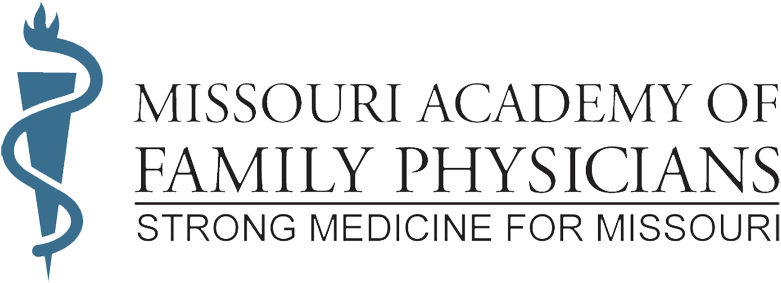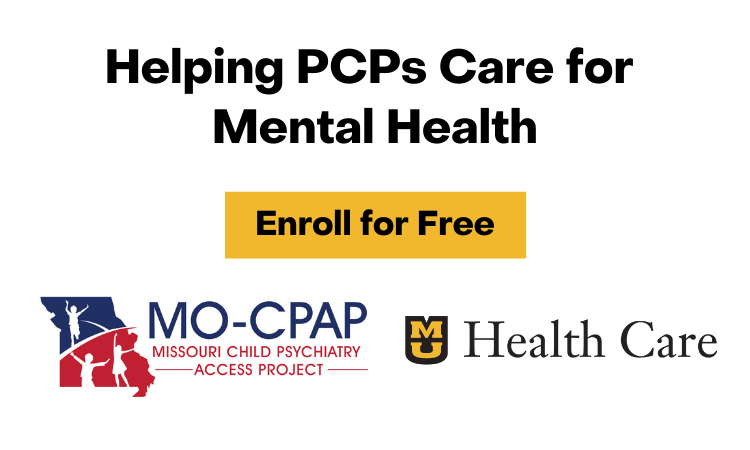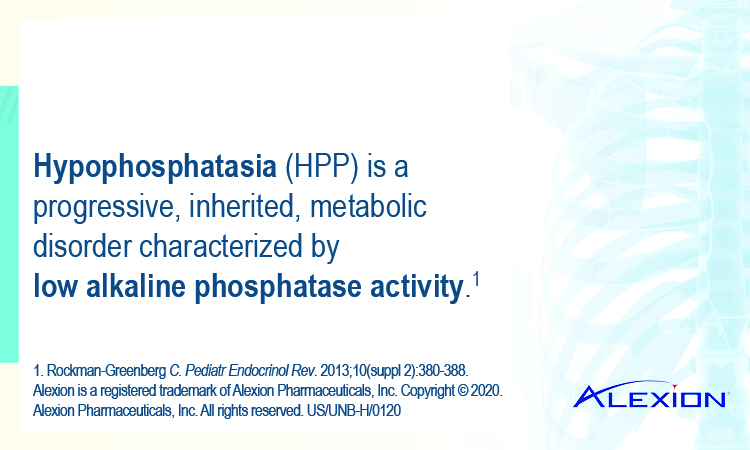Our former Surgeon General, C. Everett Koop once said, “Medications only work when they are taken.” We now have medications for diabetes management which can lower the risk of heart failure, improve chronic kidney disease, minimize one’s risk of weight gain and hypoglycemia, and reduce one’s risk of having strokes or a myocardial infarction. Some of the medications we use today may actually serve as anti-inflammatory agents for vascular disease and result in “neuroprotection.”
Let’s take the cost factors out of medical care just for the purpose of this discussion. If you or a family member had diabetes, chronic kidney disease, has had a stroke and Parkinson’s disease, wouldn’t you want to provide a single therapeutic agent which could improve their longevity and quality of life? I think so! I challenge each of you to ask your patients with diabetes the following question: “What about having diabetes scares you the most?” Their answers will NOT astound you, but each patient discusses the exact same fears by replying, “I don’t want to loose a leg, an eye or a kidney. And, I want to walk my daughter down the aisle one day.” My response to each terrified patient is, “Nothing is going to happen to you on my watch. You are safe with me and I have your back.” This level of trust is vitally important to the patient as well as to the treating clinician. We all want our patients to be treated successfully, just as any teacher would want their student to excel and graduate to the next grade level.
Figure 1 lists the various ways by which each clinician can improve the adherence rates of their patients who not only have diabetes, but any chronic disease:
Figure 1. Improving Adherence Rates to Chronic Disease Interventions
- Explain the disease state you are co-managing with the patient to the best of your ability. The more the patient understands, the easier your job a “drug police” becomes.
- Remind the patient that he/she is the team captain of his chronic disease. You, the clinician, serve as his personal coach. You can help him win the game, but the patient is ultimately responsible for achieving successful metabolic targets.
- Prior to initiating any medications explain the risks, benefits and any expected adverse effects which are likely to occur
- Discuss when metabolic change might be expected after initiating a given medication
- Make certain that any and all screening tests are performed prior to initiating a medication. For example, renal function should be assessed prior to beginning most diabetes medications
- Assign a targeted A1C to every patient and explain why attaining that target is so important for the patient
- Assess the A1C reduction from baseline at 4 weeks after initiating therapy rather than at 3 months. 50 % of the total A1C is reflective of the last 4 weeks of treatment. Thus, if the baseline A1C drops from 8.2 to 7.8 % the patient is moving in the right direction. However, if the A1C increases after 4 weeks from 8-2-8.5 %, the patient is simply not taking his medications.
- New technologies such as continuous glucose sensors are now readily available for commercial and Medicare patients. These devices can allow the patients to observe their glucose levels every 5 minutes of every day without finger sticks and actually cost less than self blood glucose monitoring. Patients love these devices and they should be prescribed to all patients with diabetes.
- Always find some reason to praise the patient at each visit. Saying, “I am so very proud of your efforts at improving your diabetes control” is a much more powerful statement than “Once again your blood sugars are too high. At this rate you are probably going to die, just like your Dad did 20 years ago. Shame on you…Now come back in 6 months and show me what you’re really made of!”
Remember, patients want to be treated with the right drug first time around. Choose drugs which are likely to offer success in glycemic and metabolic control. No one likes to fail. Your patient’s successes will drive you, their clinician to become better and more successful partners in care.
Author: Diabetes Management in Primary Care, 2nd Ed. Lippincott. 2012.
About the Author
By: Jeff Unger, MD, FAAFP, FACE




